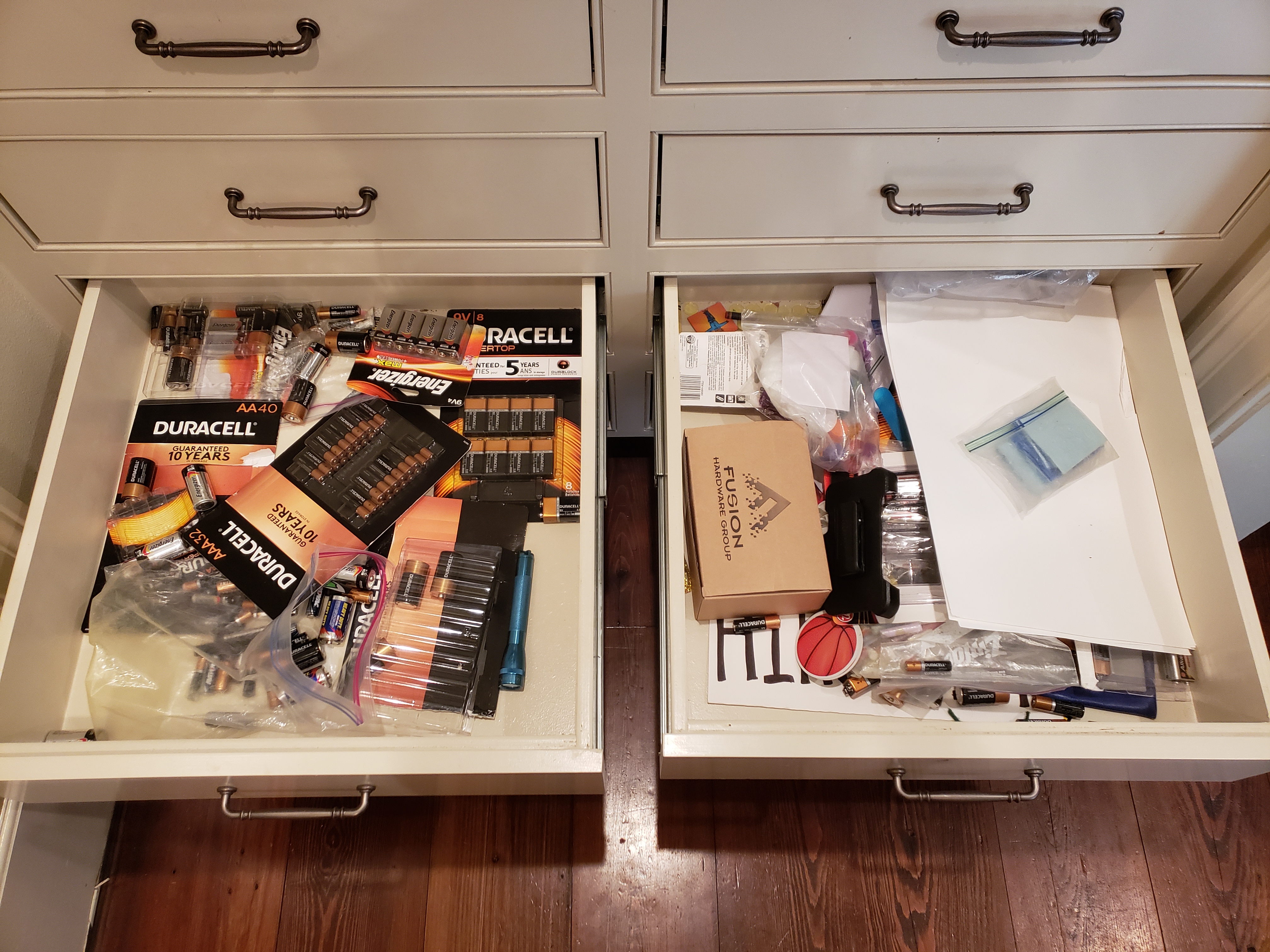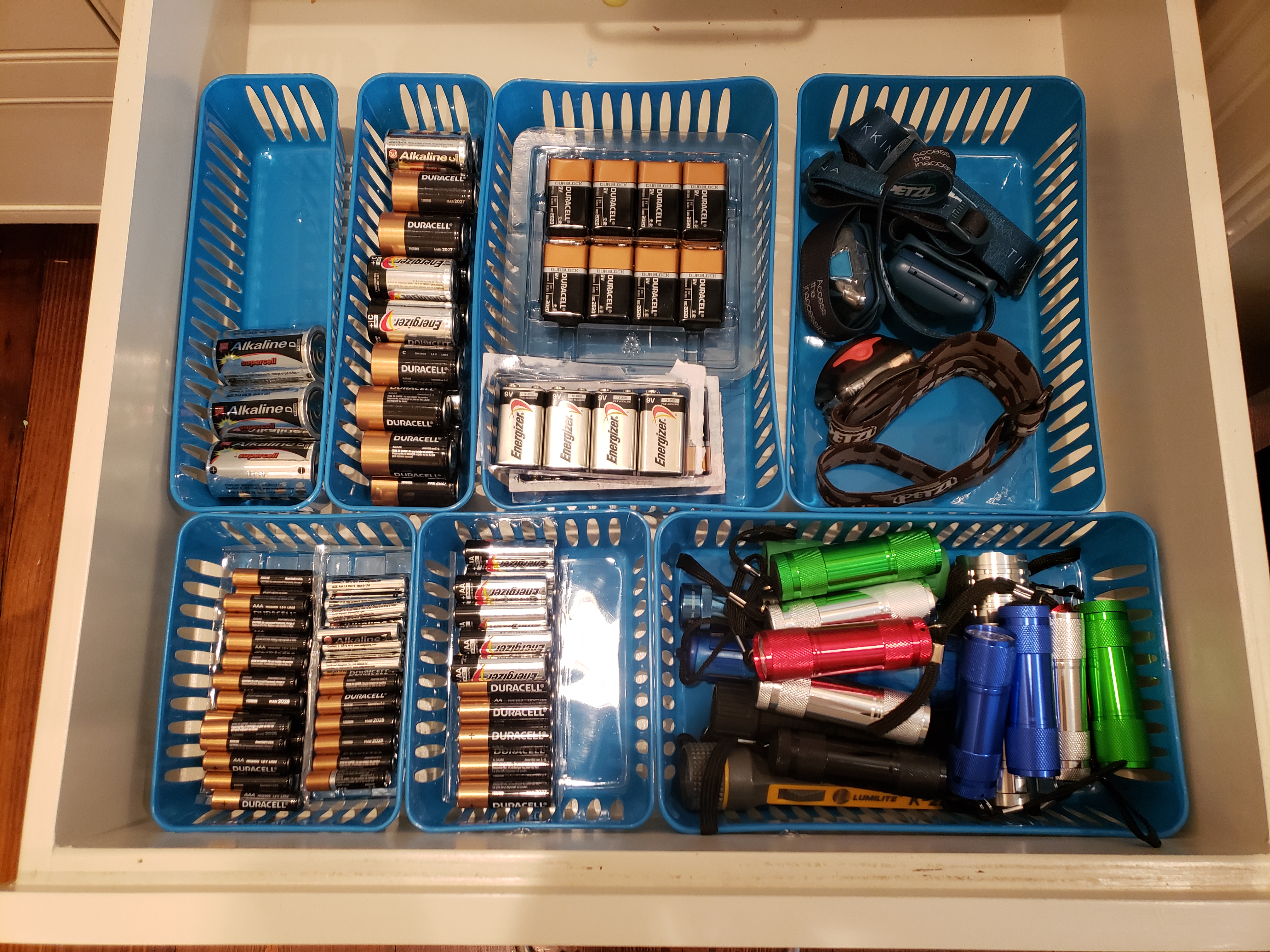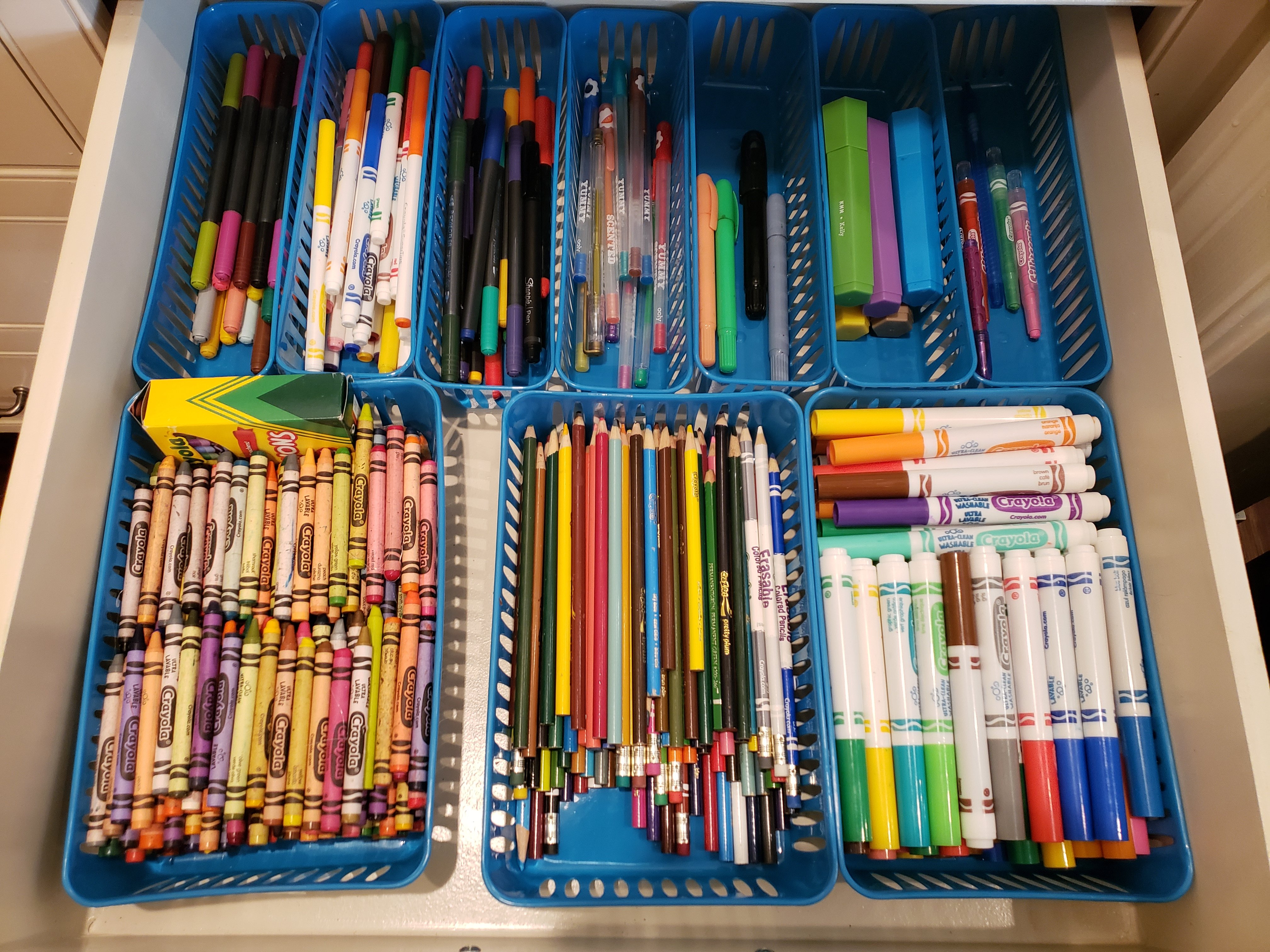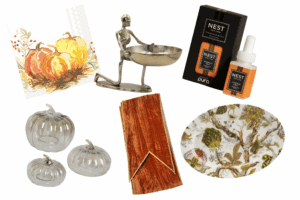
Move over, mops–a pro organizer advises on the best strategies for spring cleaning
“Typically when you think of spring cleaning, you’re thinking of manually cleaning things, which is really focusing on how things look on the surface,” says Alyssa Trosclair of Emend, Louisiana’s first certified professional organizing company. “But when you’re talking about spring cleaning with an organized spin on it, you’re looking at how things function as opposed to cosmetic enhancements.”
Trosclair takes the concept of spring cleaning and turns it on its head. Instead of gathering sprays and sponges and tackling windows and floors, she says the best way to make the most of this season’s fever for fancying up a place is to go deeper than what’s at the surface level. Trosclair seeks to freshen up and organize homes while also identifying the why behind disorganization, and with last year’s growing emphasis on the home, she knows that all of those purchases like loungewear, kitchen utensils and workout equipment might be inspiring a serious purge of older items taking up much-needed space.
“One of the things people stress about organizing and spring cleaning is the ability to get rid of stuff, so I like to think of things in terms of boundaries,” Trosclair says. A boundary might be something like an overcrowded sock drawer or an overflowing container of candles. If a drawer can’t be shut or a container can’t hold any more, then that should be your cue to get rid of the things you’re not using.


“Sometimes people spring clean and they take everything out of kitchen cabinets so they can wipe them down,” says Trosclair. “I would say that if you’re going to do that, don’t just put everything back the way you found it. Make a conscious effort to group things together by their purpose, getting rid of any extra things you no longer use. You want the things you use all the time to be within reach.”
While you’re scouring shelves, you may come across items that need to be disposed of, but you may not be sure how to dispose of some hazardous items like batteries and paint properly. Luckily, Trosclair reminds us that Saturday, April 17, is Household Hazardous Materials Collection Day, so any old chemicals, paint, batteries or electronic equipment can be responsibly disposed of. And with spring break happening this week for a lot of families, Trosclair posits it as the perfect opportunity to get kids involved.
“Have them try on their clothes,” says Trosclair. “Any winter clothes that are too tight or getting a little short can be donated.”
The same goes for toys. Trosclair recommends going through toys that are broken or have missing pieces with your children to determine if they need to be tossed. If a toy is sitting alone and gathering dust, you can use this time off to create a challenge for your child to play with that toy before a certain time period. If it doesn’t get touched, then it needs to go.
“It’s tax season, so it’s a great time to go through papers,” says Trosclair. “One of the things you could do now is get together all of your vital records and very important paperwork like birth certificates, passports, marriage certificates and your will. All of us who went through the 2016 flood know what it’s like to have to get out of your house in a hurry, so having these papers in an accessible spot where you can grab them easily is a good place to start.”
For any paperwork related to taxes, Trosclair’s rule of thumb is to keep it for however long your CPA tells you to keep it. Anything like old bills or expired insurance policies that doesn’t support your taxes or are not current can generally be shredded. Important paperwork can be stressful to sort, though, so Trosclair provides clients with a cheat sheet when it comes to organizing files. Websites like OptOutPrescreen.com and DMAchoice.org can also be used to reject credit card offers and remove your home and email addresses from advertising lists.
“If you’re getting catalogs that you know longer want, take the time to remove yourself from those catalogs’ mailing lists,” says Trosclair. “Every catalog or magazine has a phone number at the bottom of every page, and when you call it, just say you want to be removed from the list. They’ll ask for your customer number located on the back of the catalog, and then they’re happy to remove you.”
Find out more about Emend on the company’s website.













